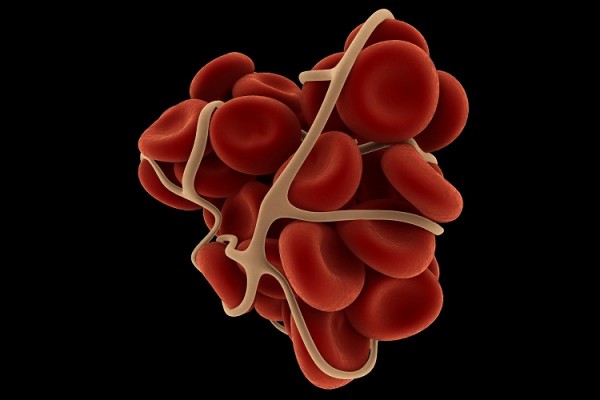FDA Calls BioMarin’s Hemophilia A Drug a Breakthrough
October 31, 2017
Source: biospace
 1,002
1,002

BioMarin Pharmaceutical announced that the U.S. Food and Drug Administration (FDA) granted its valoctocogene roxaparvovec for Hemophilia A Breakthrough Therapy Designation.
Earlier in October, the FDA completed its review of BioMarin’s IND application for the compound and gave it the green light. The application included 52-week data at the 6e13 vg/kg dose and a protocol for that dose for the Phase III trial. A protocol for a second Phase III trial using the 4e13 vg/kg has also been submitted. Both studies can proceed in the U.S. after approval from institutional review boards.
The Phase III Clinical Trial Applications have also been approved by the UK Medicines and Healthcare Products Regulatory Agency (MHRA) for both studies. In addition, the European Medicines Agency (EMA) granted access to its Priority Medicines (PRIME) regulatory initiative for the drug.
“The news of the FDA granting Breakthrough Therapy Designation coupled with EU PRIME designation granted in early 2017 by EMA, demonstrates the strong support of global health authorities for valoctocogene roxaparvovec and its expedited development and registration pathway,” said Hank Fuchs, BioMarin’s president of Worldwide Research and Development, in a statement. “There is a tremendous need to achieve normal steady state Factor VIII levels to eliminate spontaneous bleeding, to avoid the complications of suboptimally corrected bleeding disorder, to improve quality of life and enable patients to live to their fullest potential.”
The Breakthrough Designation was based on data from ongoing Phase I/II trials that evaluate the drug’s safety and efficacy. Interim data was released last week at the company’s R&D Day for investors.
Hemophilia A is caused by a lack of clotting factor VIII. The most common form of hemophilia, it affects about 1 in 4,000 to 5,000 male births. It is more common in males.
Valoctocogene roxaparvovec is a gene therapy product that uses an AAV-factor VIII vector. In animal models it restored factor VIII plasma concentration levels comparable to normal human levels. The therapy’s previous designation was BMN 270.
In the Phase I/II trial of the 4e13 vg/kg dose at 36 weeks, five of the six patients tracked to the low range of normal, and the sixth was in the mild range for Factor VIII levels. Median annualized bleed and factor VIII use rates for 4e13 and 6e13 vg/kg were zero after Week 4.
As part of its program for Hemophilia A, the company built one of the largest gene therapy manufacturing plants in the world, located in Novato, Calif. Good Manufacturing Practices (GMP) production of BMN 270 have already started in order to support clinical development and eventual commercial production. The plant has capabilities for supporting the manufacture of dosages for 2,000 patients annually.
At the R&D Day, the company also provided updates on its programs for Friedreich’s Ataxia, Achondroplasia, and Phenylketonuria (PKU).
“We are pleased to share the progress of our development programs in therapies to treat rare genetic diseases; hemophilia A, PKU, achondroplasia and our next IND into Friedreich’s Ataxia,” Fuchs said in a statement. “In the near term, we are expecting an FDA decision on pegvaliase to treat adults with uncontrolled PKU in the first half of next year, and we continue to be rapidly and decisively developing the potential first gene therapy for severe hemophilia A.”
By DduRead more on
- AZ’s Farxiga Gets FDA Priority Review For Heart Failure January 8, 2020
- Global Recall of CyPass Micro-Stent by Alcon September 3, 2018
- Discovery of Rosehip Neurons in Humans August 29, 2018
- Breakthrough Device Designation Granted to Digital Intervention for Alzheimer’s August 27, 2018
- FDA Approved Eye Drop Oxervate to Treat Neurotrophic Keratitis August 27, 2018
your submission has already been received.
OK
Subscribe
Please enter a valid Email address!
Submit
The most relevant industry news & insight will be sent to you every two weeks.



